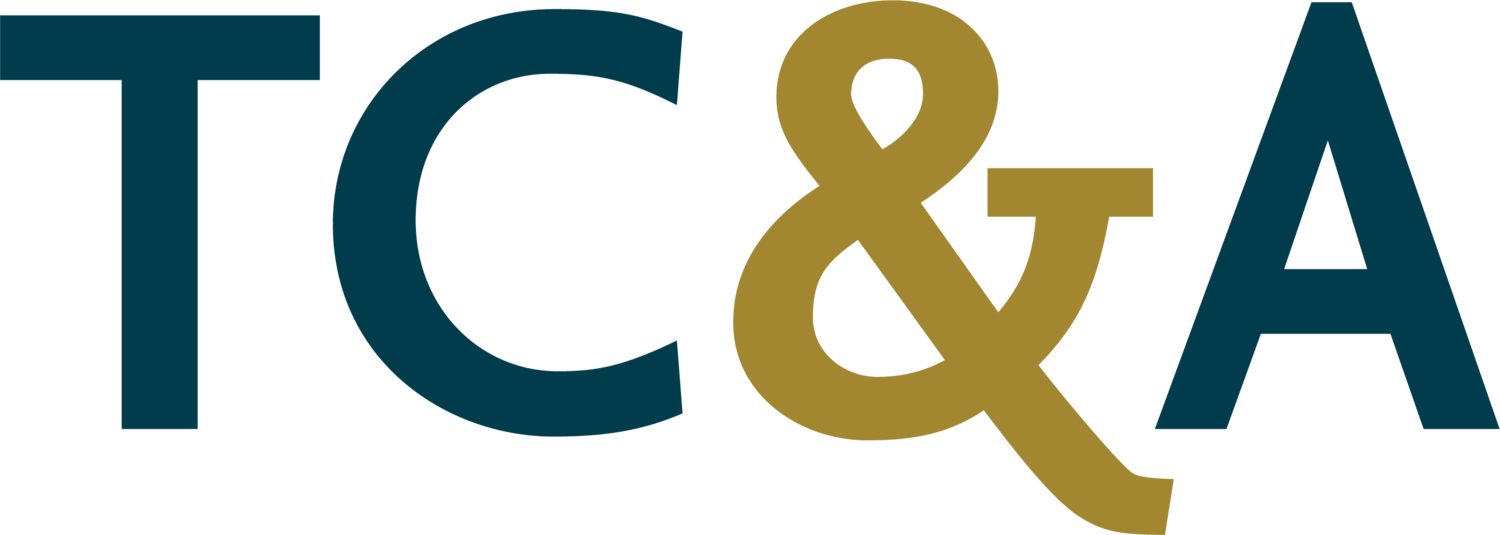Trust is a one of the most frequented and focused topics that is addressed within our TC&A one-on-one coaching, team building, seminars and consulting.
Trust is the foundational core value of what employees want in their workplace. It is the central behavioral function and success, in which a team is built and what teams want to experience within their work culture.
Trust is often the unconscious or unspoken challenge and what is most inwardly needed to build a strong team and workforce.
HBR speaks to the data of how important Trust is to build within our teams and organizations as a whole.
“Compared with people at low-trust companies, people at high-trust companies report:
74% less stress,
106% more energy at work,
50% higher productivity,
13% fewer sick days,
76% more engagement,
29% more satisfaction with their lives,
40% less burnout.”
- The Neuroscience of Trust, Harvard Business Review by Paul J. Zak
To explore how trust is built, we will need to look inward. This time, we are going inward to the most complex organ in our body to help us understand how trust is built… our brain.
We teamed up with lifelong friend and Neuroscientist Marina Ziehn, PhD to help bring insight into how we can get to the root of building trust within our teams, so we can experience the greatest outcomes both in and out of the workplace.
Research shows that when we are in high stress situations (whether in the jungle, in life, or at work) our bodies increase certain hormones and reduce others. While corticosteroids (which create the flight or fight response) go up with stress, oxytocin (feel good hormone) levels decrease.
Conversely, when we are in situations where we feel empathy (giving or receiving), our levels of oxytocin increase. So, it really gives us a physiological background for how stress and empathy impact us in the workplace. Stress & corticosteroids, as well as empathy & oxytocin, are then highly relevant in the trust we feel (and create) in the workplace.
So what does this mean? Do we constantly need to have oxytocin flowing in our brains to build trust? It is predictable and probable, work will have times of stress, complexity and challenge. A good question is, “How do we manage through the complexities, which may lower our oxytocin, while still creating a bond of trust with others?”
According to Ziehn, we can employ these 3 techniques:
1. Know ourselves. Know our personalities, our triggers and expectations. Also, know how we communicate.
2. Observe ourselves. Know how to guide conversations or situations, depending on whether they cause us (or our colleagues) stress or perhaps create more positive and empathy-driving situations.
3. We can speak up! This can be difficult in contexts (or workplaces) where there is little trust. But speaking up, and communicating can be a bridge to get away from stressful situations, as well as a bridge towards building trust and empathy.
“Thank you,” Marina for your insight and contributions to our conversation of how our brains can help us build trust and create empathy in the workplace. We appreciate your energy and expertise!
“Be a Leader who builds Trust by defining reality,
supporting and stretching others within their current reality
and envisioning new realities for the future.”
- TC&A

